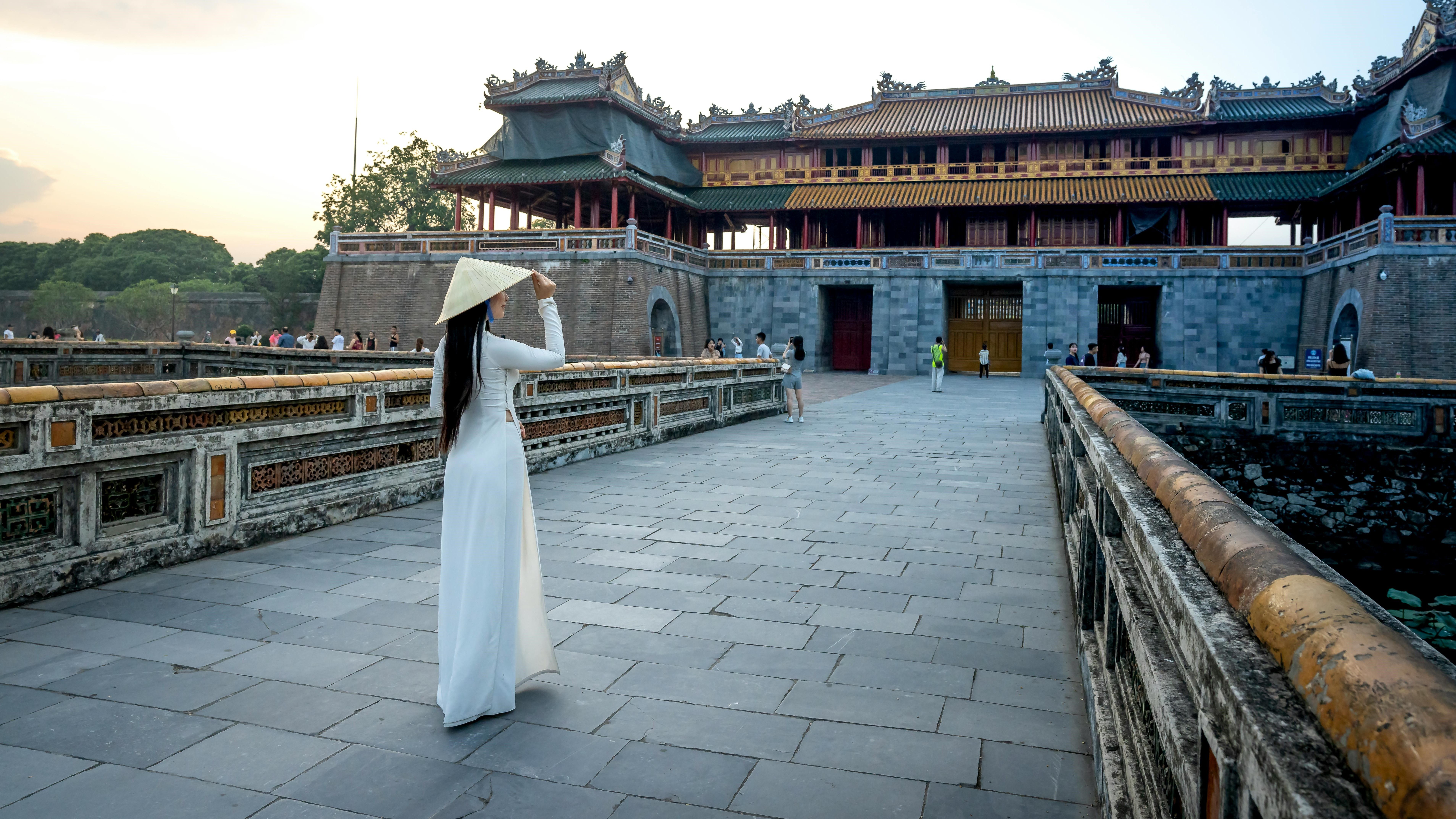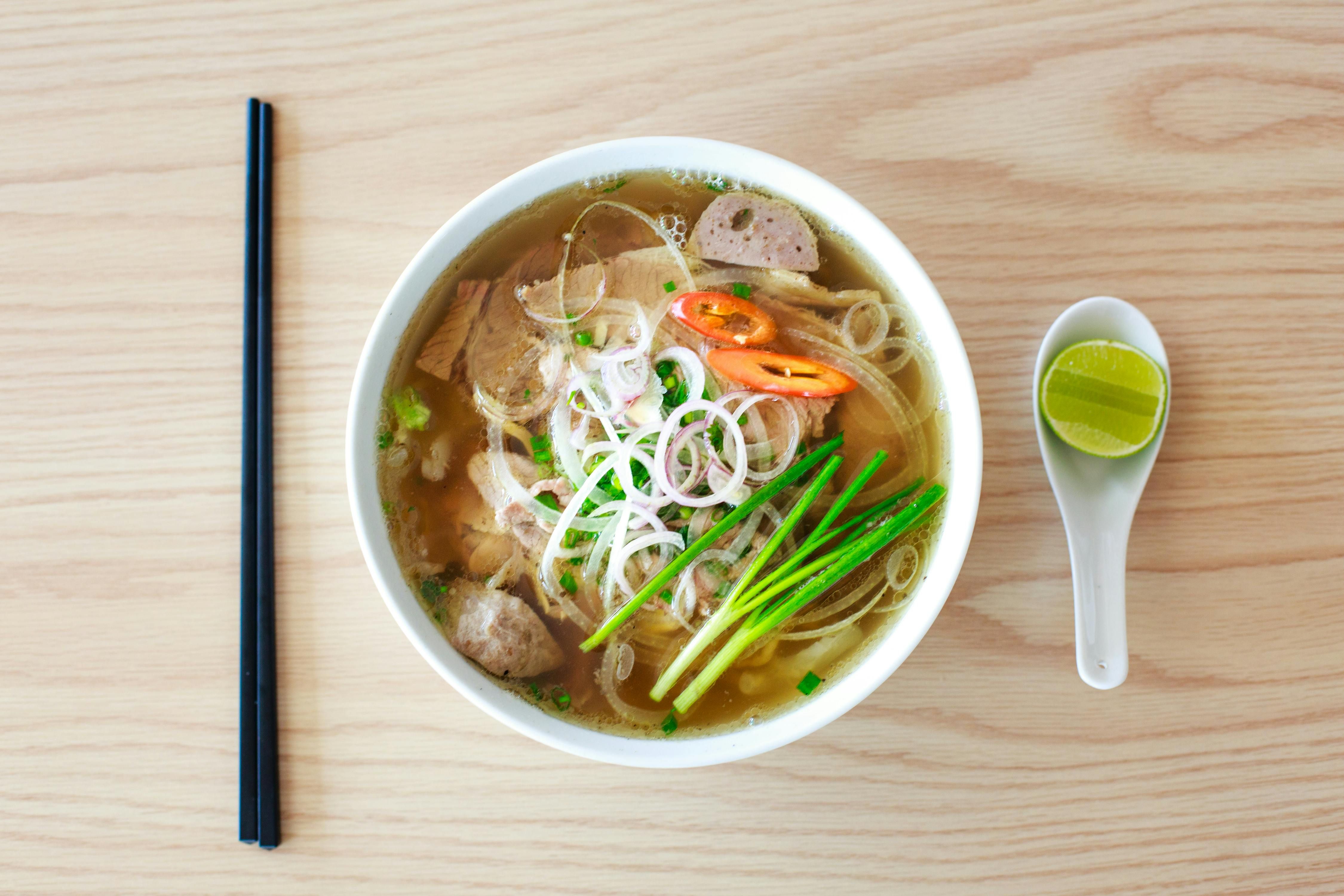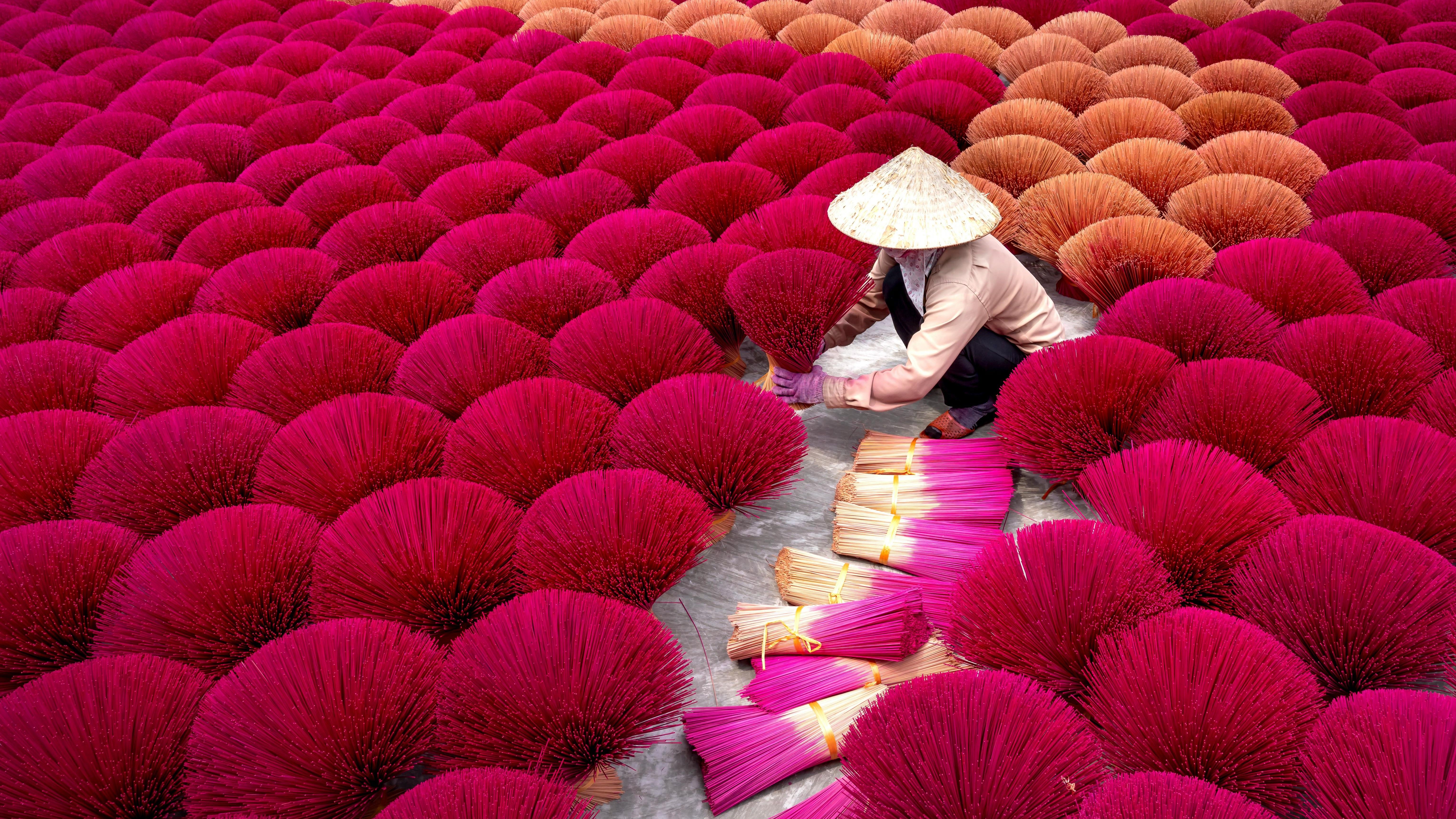
Cultural Etiquette in Vietnam: How to Respect Local Traditions
Vietnam, a country of rich history and vibrant traditions, welcomes travelers with its warm hospitality and unique cultural practices. To ensure a respectful and immersive experience during your visit, it’s important to understand and adhere to the local etiquette. Here’s a guide to help you navigate cultural norms and make a positive impression in Vietnam.
Greetings and Interactions

Respectful Greetings
- Traditional Greeting: A common and respectful greeting is the “ao dai” bow, where you place your hands together in a prayer-like position and bow slightly. This gesture, though less common in casual settings, is appreciated in more formal or traditional contexts.
- Handshakes: In urban areas, handshakes are common, especially in business settings. However, it's polite to bow slightly when shaking hands with elders or people of higher status.
Addressing People
- Titles and Honorifics: Vietnamese people often use titles and honorifics when addressing each other. For example, “Ông” (Mr.) and “Bà” (Mrs.) are commonly used before names. Using these titles shows respect and politeness.
- Names: Vietnamese names are usually in the order of family name, middle name, and given name. Address people by their given names preceded by their titles or honorifics.
Dress Code and Behavior

Appropriate Attire
- Modesty: Dress modestly, especially when visiting temples, pagodas, or traditional villages. Avoid wearing revealing clothing; instead, opt for outfits that cover your shoulders and knees.
- Footwear: Remove your shoes before entering homes and religious sites. It’s also respectful to follow this practice when entering some local businesses.
Behavioral Etiquette
- Public Behavior: Maintain a calm and composed demeanor. Loud behavior and public displays of affection are generally considered inappropriate. In more rural areas, conservative behavior is especially appreciated.
- Respect for Elders: Show deference to older individuals by offering them your seat or allowing them to go first. This gesture of respect is highly valued in Vietnamese culture.
Dining Etiquette

Table Manners
- Sharing Food: Vietnamese meals are often served family-style. It’s customary to share dishes with others at the table. Use the communal serving utensils provided, and avoid using your personal chopsticks to serve food.
- Chopsticks: Do not stick chopsticks upright in your bowl of rice, as this resembles funeral rites. Place them neatly beside your plate or bowl when not in use.
Eating and Drinking
- Toasting: Toasting is a common practice during meals. If someone offers a toast, it’s polite to respond with a cheerful “Một, hai, ba, vô!” (One, two, three, cheers!) and clink glasses gently. Avoid raising your glass higher than the elder’s glass.
Visiting Religious Sites
Proper Conduct
- Silence and Reverence: Maintain a respectful silence when visiting temples and pagodas. Speak softly and refrain from taking photos where it is prohibited.
- Offerings and Donations: If you wish to make offerings or donations, do so with reverence and follow the guidance of local customs. Place offerings in designated areas and respect the rituals performed by worshippers.
Respecting Sacred Spaces
- Photography: Always check for signs indicating whether photography is allowed. When taking photos, be mindful of worshippers and avoid intruding on religious ceremonies.
- Conduct: Follow the instructions of local guides or temple staff. They can provide valuable insights into appropriate behavior and dress codes.
General Tips for Travelers

Learning Basic Vietnamese Phrases
- Greetings: Learn a few basic phrases such as “Xin chào” (Hello) and “Cảm ơn” (Thank you). Using local language shows respect and effort, even if your pronunciation is not perfect.
Cultural Sensitivity
- Understanding Norms: Familiarize yourself with Vietnamese customs and cultural norms. This knowledge will help you navigate social interactions smoothly and avoid unintended offenses.
Embracing Local Customs
- Participate Respectfully: Engage in local traditions and festivals with respect. Observe and follow local customs, and seek permission before participating in ceremonies or activities.
Conclusion
Respecting cultural etiquette in Vietnam enriches your travel experience and fosters positive interactions with locals. By understanding and adhering to these customs, you show appreciation for the country’s rich heritage and build meaningful connections during your visit. Embrace the opportunity to immerse yourself in Vietnam’s vibrant culture, and you’ll find your journey to be both respectful and rewarding.